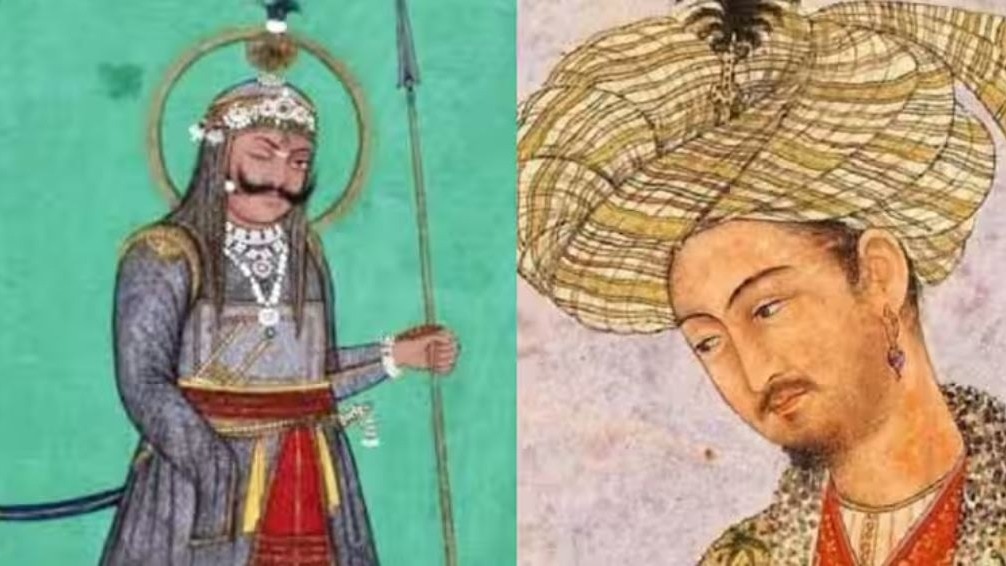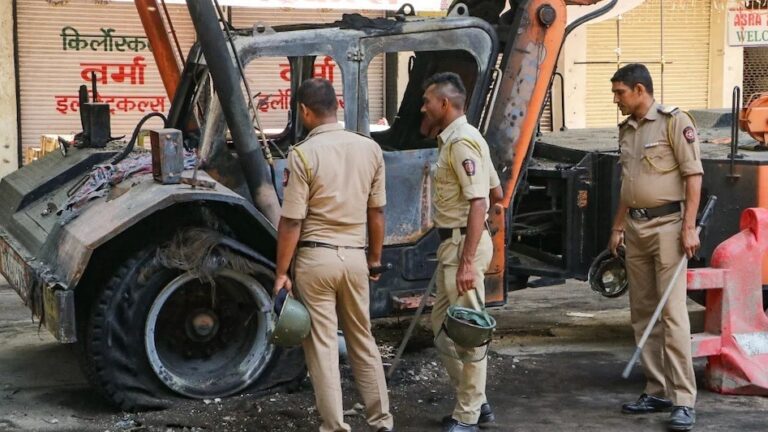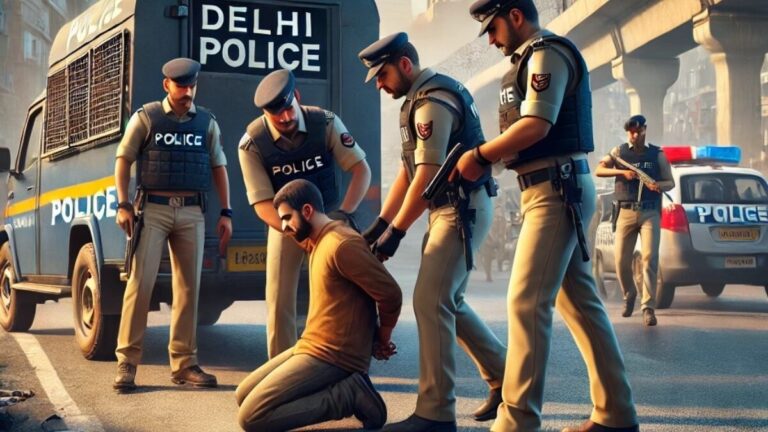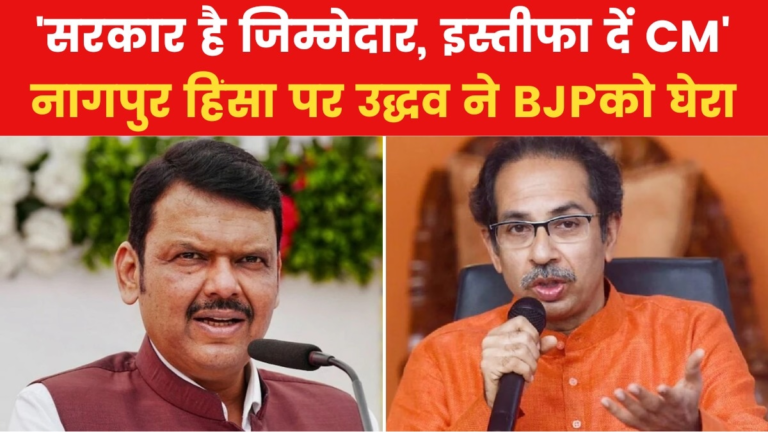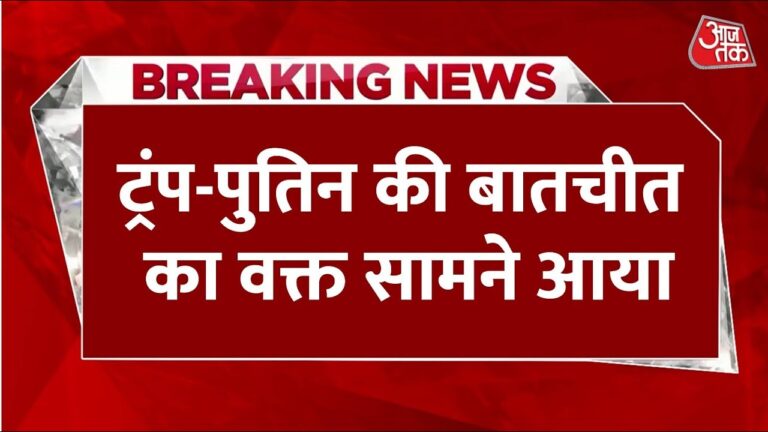Did Rana Sanga invite Mughal emperor Babur to come to India, know the whole story – Did Mughal Emperor Babur Invited by Rana Sanga of Mewar in India Know the Truth NTCPAN
The battle of Tarain was fought between Rajput king Prithviraj Chauhan and Muhammad Ghori in 1192 and another great battle was fought on the land of Hindustan around Bayana, about 400 years after this war. The war of Khanwa was between Babur’s army and Rana Sangram Singh or the Rajput army led by Rana Sanga. This was an important event in Indian history, which opened the path of the Mughal Empire in the Indian subcontinent for the Mughal Emperor Babur.
Ruckus from SP MP’s statement
In the Rajya Sabha, SP MP Ramji Lal Suman made a controversial statement about Rana Sanga, after which there was a political fierce battle in the entire country including the state. In fact, he claimed in the House that Babur came to Hindustan on the invitation of Rana Sanga to defeat Ibrahim Lodi. But was Rana Sanga of Mewar really invited Babur to come to India? Rana Sanga himself defeated Lodi ruler of Delhi Ibrahim Lodi 18 times, so why did he call Babur to defeat him?
Due to the complexity of history, different approaches are found on this question and different historians of Rajasthan give different details about this incident. Colonel James Tod, who has recorded the history of Rajasthan in his history and the antiquities of Rajasthan, to the Darbaris and poets of Rana Sanga is different. Historians have also explained mentioned in Babarnama written by the Mughal Emperor Babur, in which they have examined the time mentioned by Babur in Babarnama about Rana Sanga’s letter.
Also read: SP MP said ‘traitors’ to Rana Sanga, Vishwaraj, descended descended, said- did not bring Babur, fought against him
Babur, the ruler of Fargana, was defeated in Samarkand (present -day Uzbekistan). He entered the Hindukush mountain in 1526 to expand his kingdom and deposit more money. He defeated Sultan Ibrahim Lodi of Lodi dynasty Ibrahim Lodi in the battle of Panipat in 1526. The Mughal dynasty in India, which Babur himself founded himself ruled the Indian subcontinent for about two centuries, which was at the peak of Aurangzeb. Four years after the victory of Panipat in 1530, Babur died in Agra on 26 December.
Rana Sanga, the great ruler of Mewar
Sangram Singh, known as Rana Sanga, was a warrior who crossed the incredible obstacles. With just one eye and a healthy hand, he fought bravely throughout his life. In 1508, he became the ruler of Mewar and took this empire to great heights. In order to make him sit on the throne, Mewar broke a long -standing tradition according to which the disabled person could not be made king. When Sanga started his rule, the Sultanate of Delhi was not at its peak, and the rulers of Malwa and Gujarat could not stand against him even though he did so despite joining the army.
The borders of Mewar under the leadership of Sanga spread far and wide, which reached the border of Agra in the east and Gujarat in the south. Powerful rulers such as Marwar and Amer worked under them and took command of an army of eighty thousand horsemen, as well as the seven kings, nine Rao and 104 chieftains. Leaders of Gwalior, Ajmer, Sikri, Kalpi, Chanderi, Bundi, Gagaron, Rampura and Abu also followed him in the war.
Rana Sanga defeated the joint forces of Malwa and Gujarat several times, showing their dominance in the region. Bars like Gagaron, Hatoli, Dholpur and Idar became part of their legacy as they fought for the protection and expansion of their land. Keeping an eye on Delhi, Rana Sanga started preparing for his next challenge: Handling the throne of the Sultanate and confirming his place as the most powerful ruler in northern India.
Who sought help from Babur?
The Mughal Empire founder Babur started his journey towards India long before his famous victory in Panipat. Babur, a descendant of Taimur and Genghis Khan, was thrown out of his motherland in Fargana, he spent more than two decades in the rugged mountains of Kabul, dreaming of the empire. Losing his ancestral land in Fargana and Samarkand had a huge impact on him and India’s wealth was like new possibilities for him.
Babur started efforts in 1503 to invade India, followed by campaigns in 1504, 1518 and 1519. These initial efforts, including the attack on Punjab, did not succeed. In 1526, in the first battle of Panipat, Babur defeated Lodi Sultan Ibrahim Lodi and claimed victory. In 1523, Babur received an invitation from prominent people of Delhi Sultanate. Sultan Sikander Lodi’s brother Alam Khan Lodi, Punjab Governor Daulat Khan Lodi and Ibrahim Lodi’s uncle Alauddin sought help to challenge Ibrahim’s rule.
Babur had contact with Rana Sanga
Alam Khan also visited Babur’s court and told about political instability in India. Babur sent the detectives to Punjab and his report encouraged him to move forward. Babur’s memoir Babarnama mentions the invitation of Rana Sanga, but it is mentioned only after the war of Panipat, when Babur was preparing for the war against the Rajput king.
Many historians like GN Sharma and Gaurishankar Hirachand Ojha argue that Babur himself contacted Rana Sanga in the hope of an alliance against his common rival Ibrahim Lodi. Although Rana Sanga was initially ready for this, but later he pulled back his steps due to resistance of his advisors in the Mewar Durbar. Babur’s arrival in India, inspired by ambitions and treaties, gave a new look to the stream of history.
Sanga’s war against Mughals
On April 21, 1526, Babur won his much awaited victory over Ibrahim Lodi in the first battle of Panipat, which was his fifth attempt and ensured his foot in India. After this success, Babur tried to further increase his influence, but Rana Sanga, a major power in northern India, stood as a major obstacle for him.
This led to a conflict situation, in which the first major clash took place in Bayana in February 1527. Babur’s army led by Abdul Aziz captured the Bayana Fort, which was an important part of the area of Sanga. However, Rana Sanga retaliated and defeated the Mughals, which was his first defeat in India. The struggle turned into a battle of Khanwa on 16 March, 1527, which was fought between Babur’s Timur Sena and the Mewar Empire under Rana Sanga. This battle, which is important for establishing supremacy in northern India, is considered a significant turn in medieval Indian history.
Poison given to Rana Sanga
Historian Satish Chandra has written from his book medieval India: Sultanate to the Mughals that this war was one of the first battles of widespread gunpowder in North India. However, Timuris won, but in this war, both sides suffered heavy losses and the struggle for control in the region became quite strong.
Babur’s invasion of India was a well -planned step inspired by ambition and strategic alliances. Initial failures further strengthened his resolve, resulting in a decisive victory in Panipat in 1526. Delhi’s instability report and Alam Khan and Daulat Khan’s appeal shaped his campaign. Babur’s victory redefined the history of India.
The war began in 1527 in Khanwa in Bharatpur. The first encounter got the hand of the Rajputs, but suddenly an arrow hit Rana Sanga’s eye. He went away from the battlefield and lost the Rajput war. After this, the Mughal Empire was established in India. Babur killed Sanga by poisoning Sanga to avenge the war. Maharana Sanga died on 30 January 1528 AD at 46 years of age.
6
